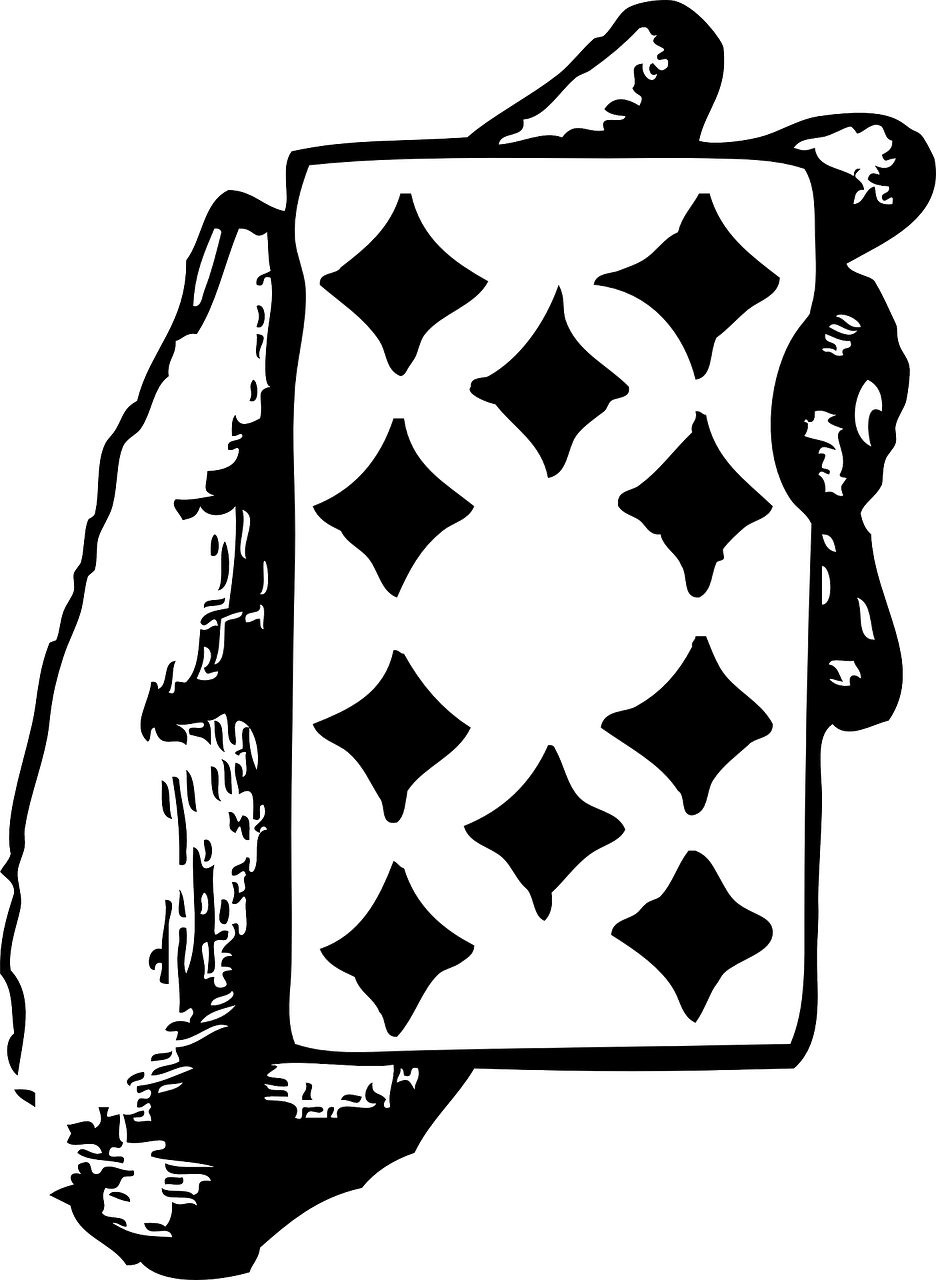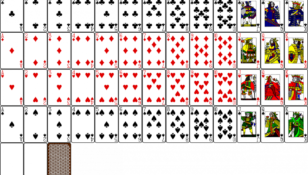Blackjack Strategy: Mastering the Game for Casino Enthusiasts

Introduction:
In the world of casino games, Blackjack stands out as one of the most popular and exciting options. It is a card game that combines skill and strategy, making it appealing to both seasoned players and newcomers. A successful Blackjack strategy can greatly enhance your chances of winning and maximize the thrill of the game. In this article, we will delve into the depths of Blackjack strategy, covering its importance, historical evolution, and key components.
I. Understanding the Importance of Blackjack Strategy:

1. Enhancing Winning Odds:
– Implementing a well-researched and effective strategy significantly increases your chances of winning.
– A good strategy helps you make informed decisions, based on statistical probabilities and the cards in play.
– By adopting a strategy, players can minimize losses and maximize potential profits in the long run.
2. Mitigating House Edge:
– Blackjack offers one of the lowest house edges among casino games, which can be further reduced with the right strategy.
– A low house edge implies that the casino has a smaller advantage, making it more favorable for the player to win.
3. Boosting Gameplay Experience:
– Employing a strategy adds an element of skill and engagement to the game, making it more exciting.
– As players become more confident with their strategy, they develop a deeper understanding of the game, leading to a heightened sense of enjoyment.
II. Historical Evolution of Blackjack Strategy:
1. The Birth of Basic Strategy:
– In the early days of Blackjack, players relied on intuition and luck. However, the development of basic strategy marked a turning point.
– In the 1950s, Roger Baldwin, a mathematician, published a groundbreaking paper introducing basic strategy. It was based on probabilities and card counting, aiming to provide players with optimal moves for different scenarios.
2. Card Counting and the MIT Blackjack Team:
– The 1960s witnessed the emergence of card counting techniques, popularized by the infamous MIT Blackjack Team.
– Led by Bill Kaplan, the team successfully implemented card counting to gain a competitive edge over casinos.
– Card counting involves keeping track of the cards already dealt to determine the remaining favorable cards for the player.
III. Key Components of Blackjack Strategy:
1. Basic Strategy:
– Basic Strategy serves as the foundation for all Blackjack strategies. It provides guidelines on the best moves based on the player’s hand and the dealer’s upcard.
– It takes into account probabilities and statistical analysis to suggest actions such as hitting, standing, doubling down, or splitting pairs.
2. Card Counting:
– Card counting is a more advanced strategy that requires practice and skill.
– It involves assigning values to different cards to track the ratio of high-value to low-value cards remaining in the deck.
– Card counting provides players with an advantage by allowing them to adjust their bets based on the perceived likelihood of favorable outcomes.
3. Money Management:
– A crucial aspect of any successful strategy is money management.
– Setting a budget, determining bet sizes, and knowing when to walk away are essential for long-term success.
4. Variations in Strategy:
– Different variations of Blackjack may require slight modifications to the basic strategy.
– For example, strategies for single-deck Blackjack differ from those used for games with multiple decks.
Conclusion:
Mastering the art of Blackjack strategy can greatly enhance your overall gaming experience. By understanding the importance of strategy, familiarizing yourself with its historical evolution, and grasping key components, you are poised to make informed decisions and improve your chances of winning. So, whether you are a novice or a seasoned player, take the time to refine your strategy, and immerse yourself in the exhilarating world of Blackjack.
A video demonstration of advanced Blackjack strategies and tips can be found here.

















